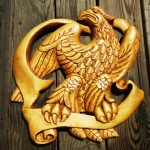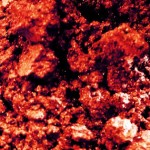
A final application of paste wax is a popular way put a shine on a dull finish. Using a colored paste wax is also effective in disguising any imperfections on the surface of a woodcarving or on a piece of furniture. You can apply paste wax over a variety of other finishes, including varnish, shellac […] Read more »




